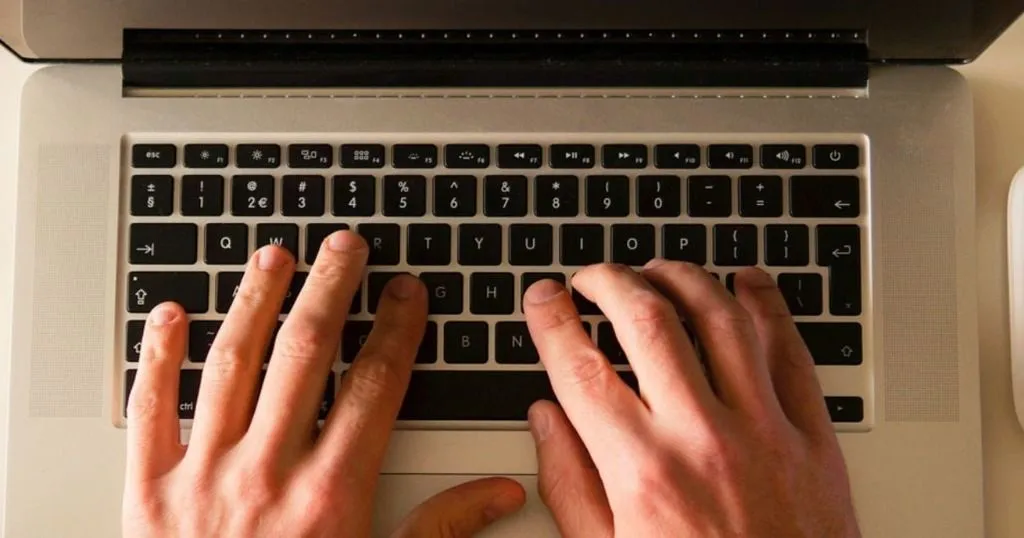The impact of health information technology on doctor-patient interaction
Embracing the technological advances of the last decade, many health care professionals have incorporated information technology into their daily routines.
Posted by
Published on
Fri 12 Dec. 2014
Topics
| Coding Schemes | Doctor-patient Interaction | Medical Encounter | The Observer XT |

Embracing the technological advances of the last decade, many health care professionals have incorporated information technology into their daily routines. Doctors can carry patient files around on their tablets or laptops and can quickly update a status when needed. Convenience has without a doubt increased, but does such easy access to technology impact the quality of doctor-patient interactions?
Researchers from the Medical College of Wisconsin, the University of Wisconsin–Madison, and Northwestern University’s Feinberg School of Medicine examined and compared clinically experienced primary care physicians’ use of paper medical records and an electronic health record (EHR) (Asan et al., 2014) in order to gain insight into doctor-patient interaction.
Human or technology centered?
Dr. Onur Asan and colleagues explain that a recent study (Asan and Montague, 2012) identified three different interaction styles that primary care physicians may use with an EHR in the examination room: (1) technology centered; (2) mixed (displaying both technology-centered and human-centered behaviors); and (3) human centered.
Technology-centered doctors were reported as, in general, younger doctors who typed more and made less eye contact with patients. Human-centered physicians were reported as more clinically experienced, older doctors with less screen time and more face time with patients, who tended to use papers or dictation for documentation during the visit rather than typing.
This blog focuses on a recent study of Asan and his colleagues published in Journal of Evaluation in Clinical Practice, 2014. According to the researchers, this study’s results add to the improvement of EHR design to help accommodate physicians with lower computer skills, and hopefully facilitate better physician–patient communication.
Physician-patient communication
A total of 80 primary care visits were recorded in this study, and the videos were coded afterwards in great detail using The Observer XT software. The behaviors compared by Asan et al. included: physician gaze at patient, physician gaze at computer monitor, physician gaze at paper chart, shared gaze at chart and shared gaze at computer monitor. All behaviors were part of a coding scheme, and start and stop times were annotated for each code. After all the videos were coded, the software calculated the start and stop times, duration and simultaneous occurrence of two or more behaviors.
For medical encounters including the EHR, the researchers placed three video cameras as unobtrusively as possible in each examination room. The cameras were positioned to capture the face of the physician as he/she looked at the health record, the patient while sitting in a chair, and both physician and patient for overall interaction.
For paper based settings, one high-quality video camera was used to record overall interactions in the examination room.
Results and future implications
To understand how experienced physicians interacted with EHRs and patients, the researchers measured eye gaze durations. The results show, for example, that the proportion of time that physicians spent looking at medical records during EHR visits (gaze at computer monitor and gaze at printed copy of portion of the EHR or worksheet) was significantly greater than during paper chart visits. If physicians are spending a lot of time looking at reports instead of the patient, the researchers conclude, their patients’ perception of the overall visit may be negatively affected.
Asan hopes that his findings will contribute to the improvement of future EHR designs. As we learn more about the detractors of our existing systems, physicians will be better trained, and technological barriers such as voice and writing recognition will be improved. Our next big challenge, according to Asan, is to modify the design of the current EHRs to enhance the physician-patient experience while simultaneously improving quality of care and decreasing costs.
References
- Asan, O.; Smith, P.D.; Montague, E. (2014). More screen time, less face time – implications for EHR design. Journal of Evaluation in Clinical Practice. doi:10.1111/jep.12182
- Asan, O. & Montague, E. (2012) Physician interactions with electronic health records in primary care. Health Systems, 1(2), 96–103.
Related Posts

The use of humor during doctor-patient interactions

Doctor-patient communication training program evaluated

